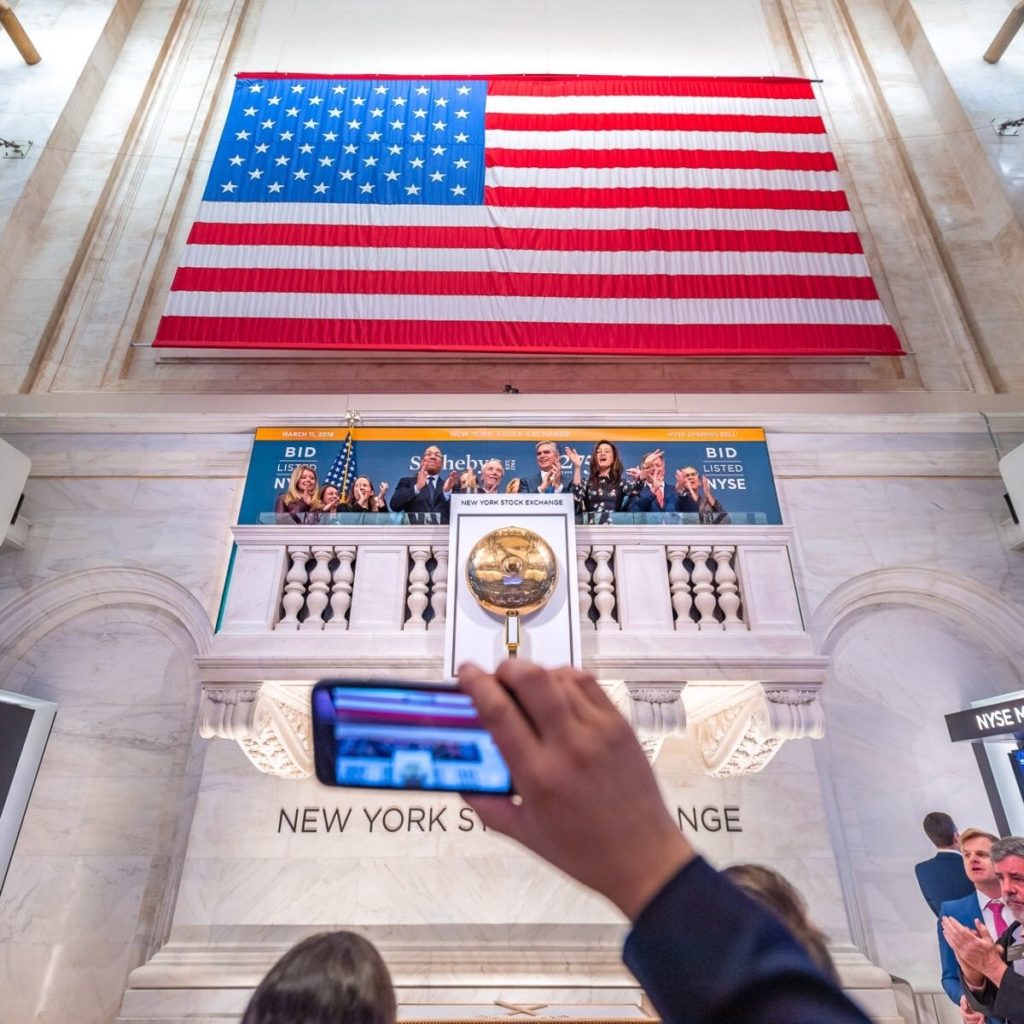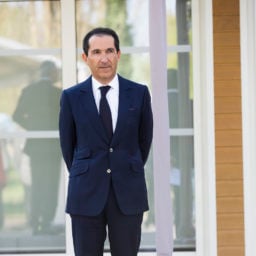“What took so long to get that done?”
Art advisor Todd Levin told artnet News that was his only response to Monday’s blockbuster news that Sotheby’s auction house would be acquired and taken private for a hefty per-share premium of $57—or $3.7 billion in total. After all, it has been six years since activist investor Dan Loeb of Third Point LLC won a seat on the board, sparking a string of major management and strategy changes. “Clearly it was the endgame from the start of Loeb’s involvement,” Levin said.
Many shareholders and employees would agree. News that French-Israeli media tycoon Patrick Drahi would purchase the 275-year-old auction house and take it private is music to the ears of those who believe that the strict financial reporting standards associated with being a publicly traded company have long constrained Sotheby’s grand market ambitions. Meanwhile, it is discouraging for those who looked to Sotheby’s to provide some measure of transparency in a market that has very little.

A view of the Sotheby’s showroom in New York. Courtesy of Sotheby’s.
“Taking Sotheby’s private allows them to avoid the type of public scrutiny on a guarantee with a Modigliani in 2018 where the stock tanked afterward,” said Alex Maroccia, an equity analyst with Berenberg Capital Markets, referring to an episode in which a Modigliani estimated to sell for $150 million sold for $139 million to the third-party guarantor, forcing Sotheby’s to take a loss.
Now that a private Sotheby’s will no longer have “one hand tied behind its back,” as it has sometimes been suggested in its competition with Christie’s, will it be a fair fight or an even more opaque art-world duopoly?
The Benefits of Going Private
It’s no secret that securing major consignments in today’s booming global market requires making major concessions to sellers. Sotheby’s often couldn’t make the same outsize promises as its archrival Christie’s, which is privately owned by luxury-goods magnate and fellow French billionaire François Pinault. It also suffered hefty drops in its stock price when it was forced to disclose that a major buyer had defaulted on payment or that aggressive guarantee deals had not gone according to plan.
These challenges had already been reality for years when Loeb took a stake in the company in 2013—and later joined the board along with two allies after a successful proxy fight. At the time, he criticized Sotheby’s for poor strategy, poor leadership, and poor expense control and called on the board to replace then-CEO Bill Ruprecht. Even then, there were whispers he might try to take the company private and the stock initially began to rise. Ruprecht stepped down in late 2014 and Tad Smith, former president and CEO of the Madison Square Garden Company, was appointed CEO. By mid-2016, Chinese insurer Taikang had amassed a 13.5 percent stake in Sotheby’s—the largest of any shareholder at the time.
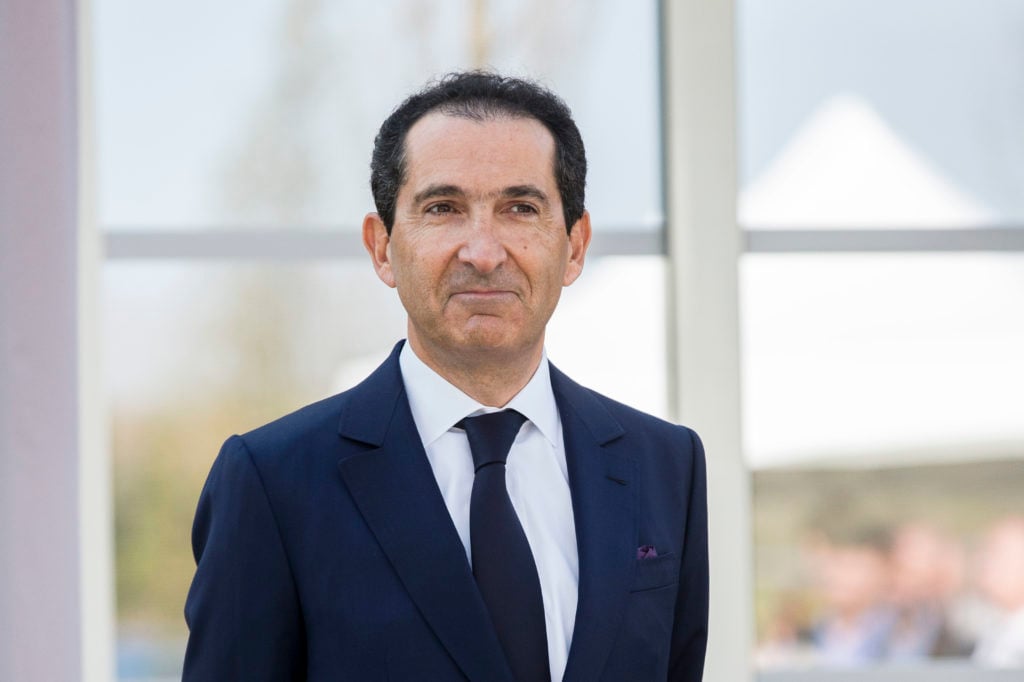
Patrick Drahi, president of french telecom group Altice at the inauguration of the Drahi-X Novation Center, at the Ecole Polytechnique. (Photo by Christophe Morin/IP3/Getty Images)
Under Smith, Sotheby’s has expanded its digital initiatives and made major acquisitions like the reported $85 million addition of art advisory firm Art Agency, Partners, the scientific analysis firm Orion Analytical, and, more recently, artificial intelligence startup Thread Genius. But the stock price has been under pressure, and was down 40 percent in the last 12 months alone to about $34 from a high of around $57.
“Sotheby’s operating performance has been very strong, and the stock has not necessarily reflected that,” Tad Smith said in an interview about the acquisition on Monday. (He gave his only interview to Cheddar, a digital broadcasting network owned by Drahi’s company Altice.) “So one of the things that we thought was really exciting at this point in our time with our investment program and digital initiatives, we thought would be better served in a private environment and Patrick is a long-term investor with a long-term view and that should be good for both clients and employees.”
News of the sale has caused a sharp uptick in the stock. On Monday, shares of Sotheby’s, which trades on the New York Stock Exchange under the symbol BID, rocketed up nearly 60 percent to over $56 a share and were still trading around that level yesterday.
Taking Sotheby’s private “makes sense as investors have long suggested that [the auction house] is better in private hands given the vagaries of the art market and given more volatile quarterly earnings,” wrote Raymond Stochel, an analyst with Consumer Edge Research. He suggested Drahi, who has said he does not want to make any major changes to Sotheby’s and that current management will stay in place, plans to hold the auction house long-term rather than flip it for a profit. “We see this as syncing with the ‘trophy buyer’ thesis as Mr. Drahi is reportedly worth roughly $10 [billion],” Stochel said.
A Private History
Although much analysis of Sotheby’s move to private ownership has centered on the importance of leveling the playing field with its chief rival, the transition brings advantages enticing to many companies, even those operating outside the often-mysterious business of dealing art and collectibles.
Going private doesn’t just remove Sotheby’s need to deliver the rigorous financial reporting and regulatory compliance required of publicly traded companies. It allows the house to take the significant monetary and staffing resources devoted to those endeavors and redirect them to growth initiatives or strategic investments. In other words, every dollar previously spent preparing SEC filings—a more expensive and labor-intensive process than outsiders might think—can instead be used to, say, acquire complementary businesses or simply bolster existing departments in house.
This shift is doubly advantageous in light of Sotheby’s newly reduced accountability. Without the constant pressure to keep public investors happy by producing favorable quarterly results every 13 weeks, private companies shed the strongest incentive to prioritize short-term profits over long-term growth and sustainability. (No wonder that investing deity Warren Buffett urged corporate America to adopt exactly this outlook in an op-ed decrying “short-termism” last year.) Going private grants Sotheby’s both greater freedom to operate with its eyes on the horizon and more resources to funnel into maximizing the benefits of that freedom.
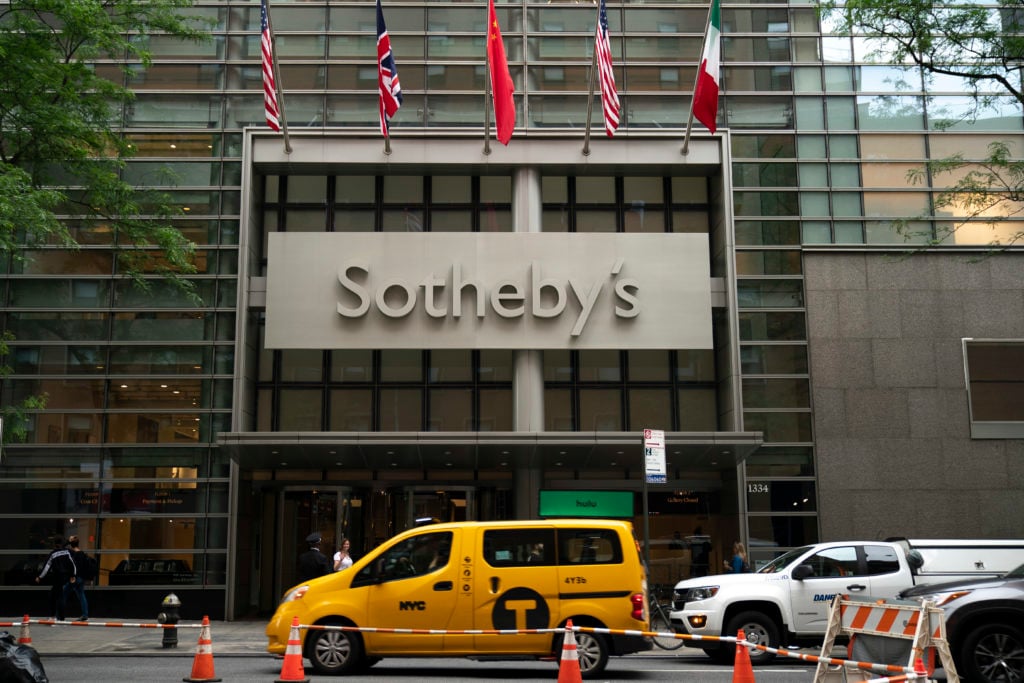
Sotheby’s headquarters stands on the Upper East Side in Manhattan, June 17, 2019 in New York City. The famed auction house is being purchased by telecommunications businessman Patrick Drahi for $3.7 billion. (Photo by Drew Angerer/Getty Images)
Of course, this optimistic situation only applies if, as Smith suggests, Drahi indeed views Sotheby’s as a part of his private portfolio for the long term. And just as it is not uncommon for public companies to be taken private—for example, Dell, Safeway, and Petco recently retreated (or perhaps advanced) to private ownership after years of being listed on prominent stock exchanges—it is equally unsurprising for private companies to be taken public (even, sometimes, if they were public before).
Although Drahi is now making waves by leading Sotheby’s into private ownership, opportunities have previously compelled him to take some of his other companies in the opposite direction. The original Altice, which Drahi founded in 2002 and grew as a private firm for roughly the next 12 years, raised $1.8 billion when it held its IPO on Amsterdam’s Euronext stock exchange in January 2014. Its American counterpart, Altice USA, debuted on the NYSE (incidentally, Sotheby’s home for the past 31 years) in June 2017, bringing a windfall of $1.9 billion in outside investment.
Bigger Than the Auction Market
Will Drahi someday decide that Sotheby’s should once again be available to the broad public? It wouldn’t be the first time—Sotheby’s was public in the UK in 1977 before it was bought by American mall magnate A. Alfred Taubman in 1983, who took it public again in 1988.
But as the staggering sums at play in Drahi’s previous deals imply, private owners generally take companies public only after they conclude that their surest path to significant funding and scale is an IPO. And while being traded publicly used to be the most indelible milestone of achievement in corporate America, this has become less and less the case in recent decades.
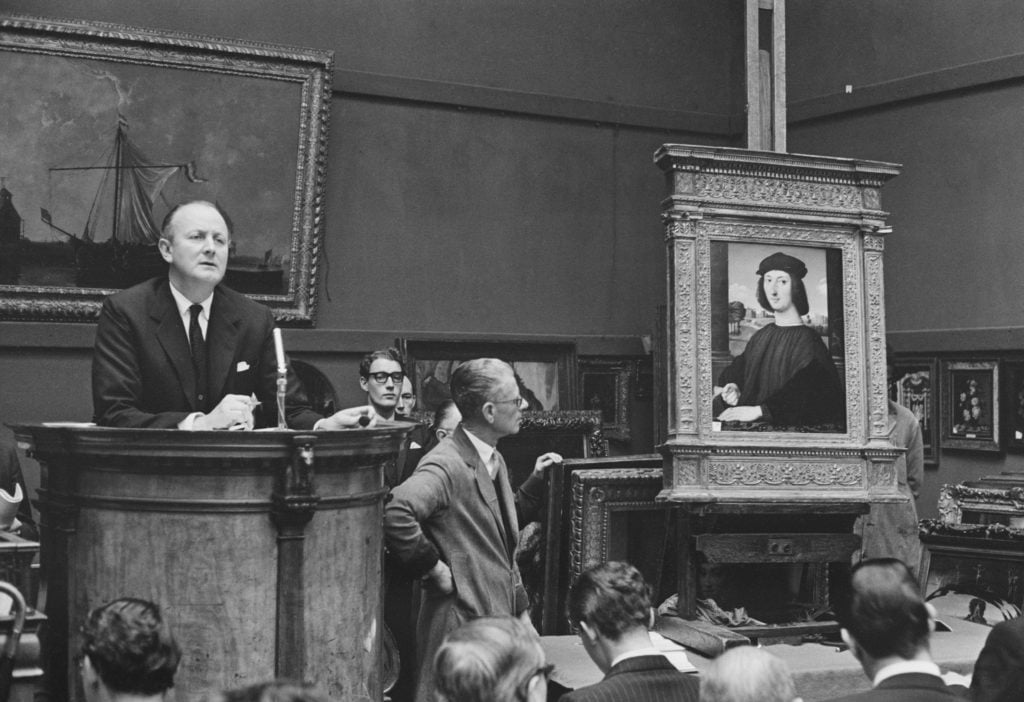
Sotheby’s Chairman and chief auctioneer Peter Wilson (1913-1984) conducts a sale of Renaissance paintings at Sotheby’s auction house in London on 28th November 1963. (Photo by Les Lee/Daily Express/Hulton Archive/Getty Images)
The data backs up this statement. A 2017 study by accounting giant EY (formerly Ernst & Young) found that the number of publicly listed US companies plummeted from about 8,000 in 1996 to about 4,300 in 2015. Research by the University of Florida over the same period showed that the average number of IPOs per year decreased from about 675 to about 120. And to round it out, the Atlantic alleged in 2018 that 90 percent of companies backed by venture capital preferred to be acquired by a larger corporation rather than going public.
With so many questions still lingering over Drahi, the exact deal he struck with Sotheby’s, and what the house will do in the aftermath, at this stage it would be foolhardy to draw too many firm conclusions about the future. That said, two seem justified. Sotheby’s move to the private sector should indeed help the house better compete with archrival Christie’s in the auction field. But placed against the backdrop of trends in corporate America since the mid-1990s, it also simply, and increasingly, emblematizes the way business is done in any industry in the 21st century.
